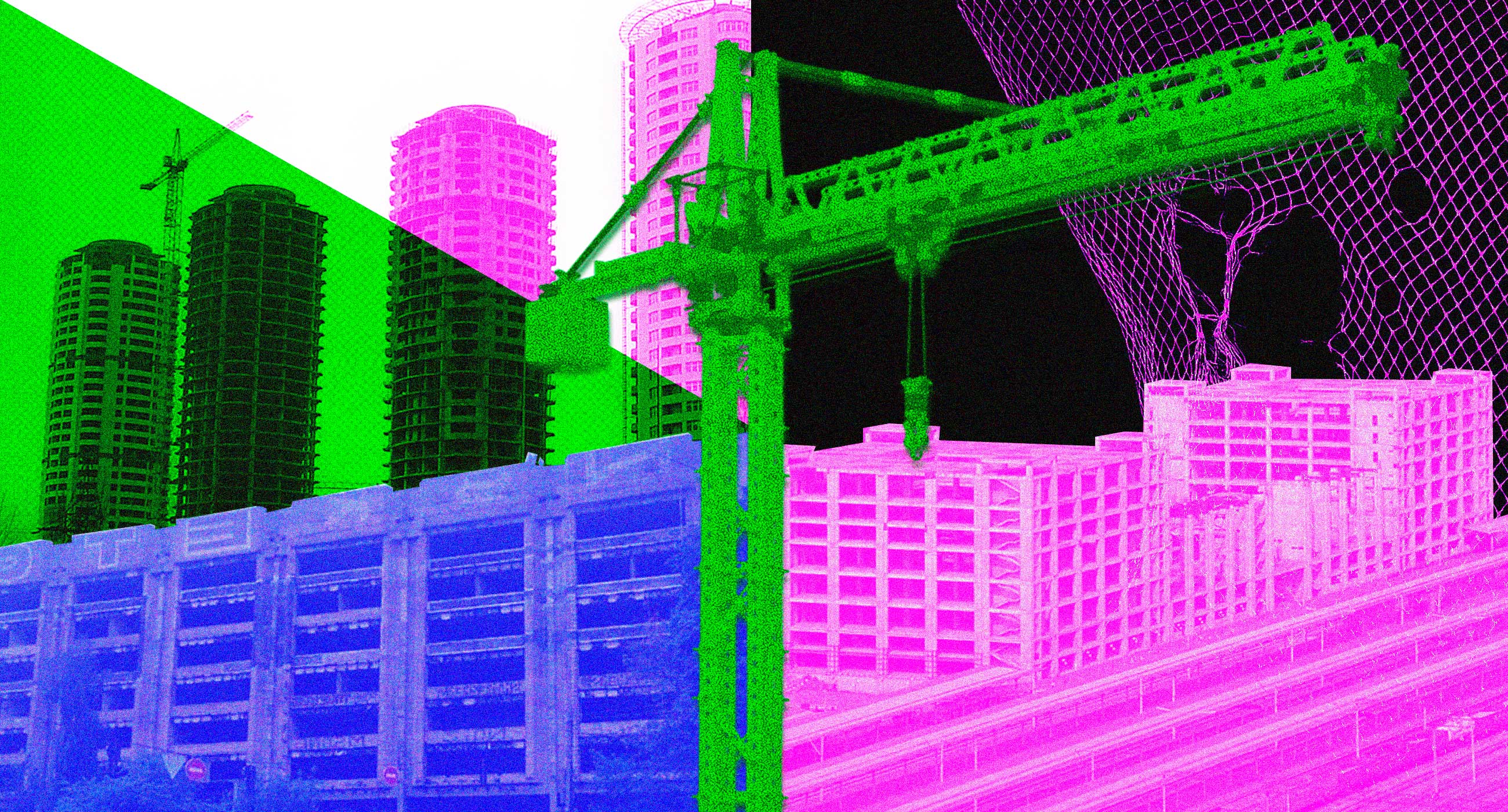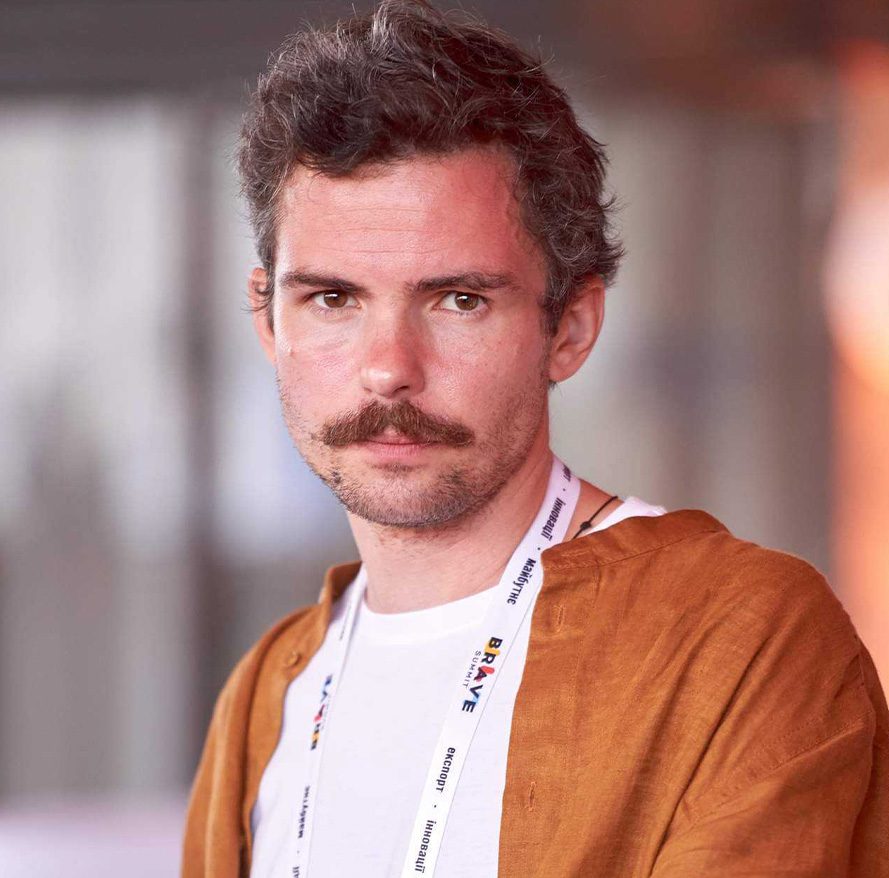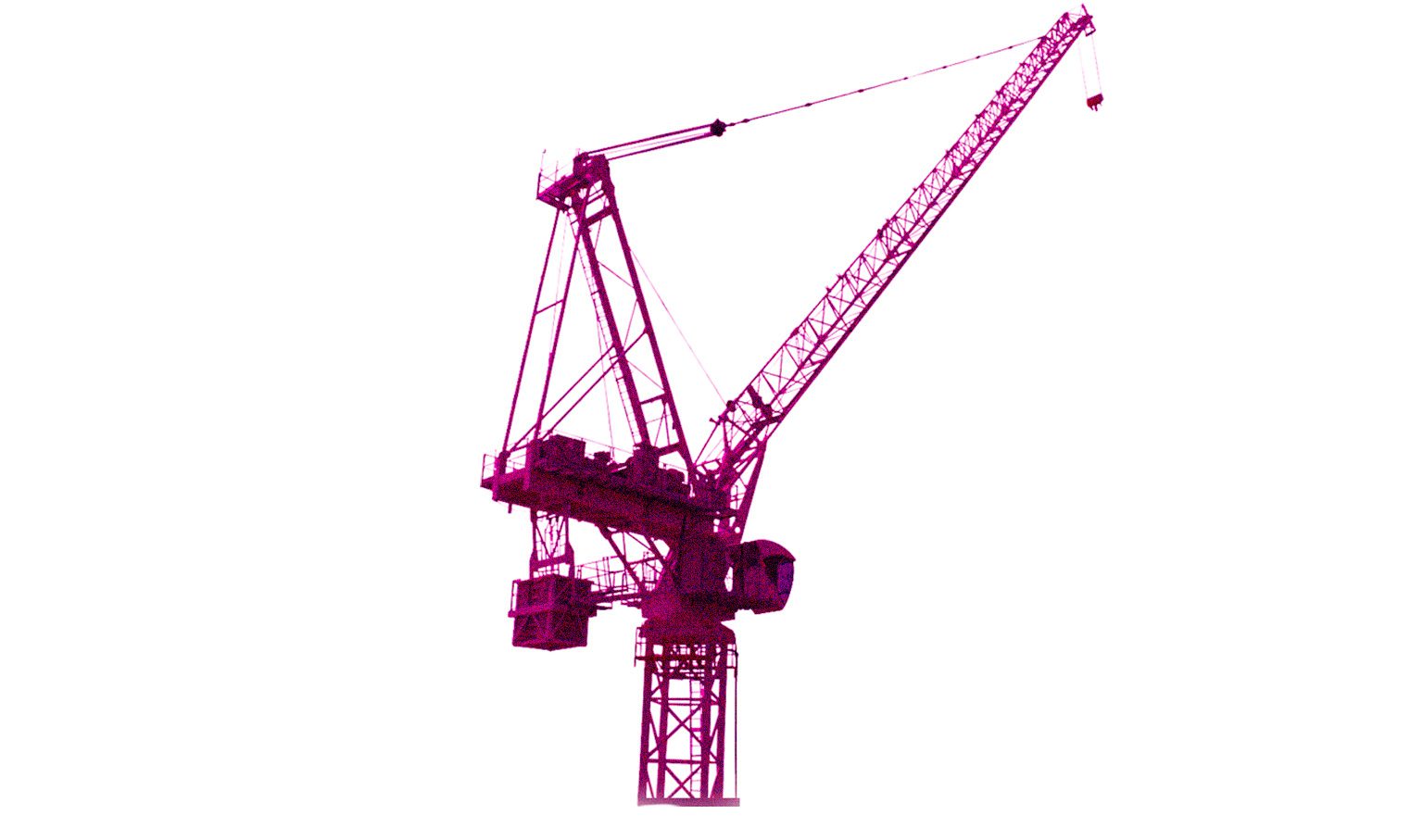Living in Kyiv Was Difficult Even before the War, but Now It Has Become Even Worse. What Urban Problems Did the Invasion Reveal and Can They Be Solved? Zaborona Talked to Experts

Even before February 24, the urban planning and housing policies of big cities made life in them uncomfortable and inconvenient. Last year, Zaborona already wrote about how, in particular, in the capital, the problems of lack of infrastructure, old communications, and the load on the transport sector increased every year and made life in Kyiv unbearable. The full-scale invasion and its consequences only highlighted the mistakes of the past years. Zaborona journalist Anastasiya Opryshchenko together with experts investigated how much worse life in big cities has become over the past 10 months and whether it is possible to improve the situation.
What was wrong with urban development before February 24?
Before the full-scale war, Ukrainian cities were developing arbitrarily, urbanist and founder of ReStart Ukraine Oleksandr Shevchenko emphasizes in a conversation with Zaborona. In his opinion, it was convenient for city leaders not to adhere to the outlined development strategy, because it allowed them to do “something” in the city that could not be checked. We are talking about corruption schemes related to the urban sector.
-

Oleksandr Shevchenko. Photo: Oleksandr Shevchenko / Facebook
Unregulated development in all directions made life in Kyiv and other large cities difficult, Maksym Holovko, an architect and co-founder of the Urbanyna project, tells Zaborona. He emphasizes: due to the uncontrolled growth of the city, the density of space is lost, and the space itself significantly loses in quality.
Holovko explains that most of the mistakes of Ukrainian cities are the imitation of Soviet design principles when the city simply expanded and captured a lot of territories.
“It would seem that it costs us nothing to lay a highway to Vynohradar from scratch, build a district, and bring all communications there. But the further the city expands, the more money we need to invest in networks and infrastructure, and the more difficult it is for people to use the city because the space you have to move around increases.”

Maksym Holovko. Photo courtesy of Maksym Holovko
According to Oleksandr Shevchenko, the situation in cities could be improved by reusing space wherever possible — for example, transforming abandoned post-industrial areas into places for living, working, and recreation. “There will be no need to enlarge the city or invest in road infrastructure,” he adds.

Collage: Kateryna Kruglyk / Zaborona
And how did the war affect the city? Why has Kyiv become even more uncomfortable (and how are Russian troops launching missiles taking advantage of this)?
The war as a stress test mode has highlighted all the existing problems. In particular, chaotic urban planning policy, communications, and transport infrastructure.
“Kyiv is always a great example of what not to do, but in other cities it is usually no better,” emphasizes Maksym Holovko, “For example, it was possible to build low- or medium-rise housing, so that people did not have to walk to the 20th floor during the blackout. Do not build separate houses around which there is no social infrastructure.”
According to him, urban planning policy is the main cause of the problems. Previously, the dominance of skyscrapers was counterbalanced by the presence of elevators in them, and the advantage of frankly bad apartments was a relatively reliable heating system. Inadequate urban policy before the war led to problems with water supply and electricity. In Ukraine, most communications are centralized, and a few well-aimed strikes are enough to disconnect a city from the network — both water and electricity.
“For example, one city can be hit — and since the system is connected, the neighboring city will also feel the consequences. There is a problem of excessive centralization of everything — this is the result of Soviet times when they build one big station that will cover the needs of half the country. Unfortunately, from the point of view of risk management, this is an unpopular decision,” Shevchenko explains.
Maksym Holovko outlines another problem — water supply networks. One of the common strategies is to patch the pipes at the site of accidents instead of renovating them. Often in winter, you can see green pieces of land in the middle of the snow — water evaporates through old pipes in such places. In addition, even before the war, the network was overloaded with new high-rise buildings, which were connected to old communications. Due to the constant shelling of Ukrainian infrastructure, water and heat, which partially reached the houses, now do not reach them at all.
The demolition of residential buildings is not only an administrative but also a public problem of housing policy. In the 90s there was a privatization of houses: Ukrainians automatically received housing. In fact, the urban population had a share of ownership in the building in the form of an apartment, without investing in either the construction. Over time, all houses are aging, and proper repairs do not take place, because Ukraine has abolished the tax on their maintenance.
“We find ourselves in a situation where houses are crumbling, out of their 50-year service life, and there is no money for their repair. People who live in them have to invest in repairs themselves. Of course, not everyone wants or can do it. As a result, we have inefficient old houses. And the problems with energy due to the full-scale invasion only worsen the situation, because now all these houses are becoming extremely cold,” explains Holovko.
Why does an undeveloped urban strategy make Kyiv dangerous?
Even before the war, urbanists advised to abandon the use of private transport and switch to public transport to improve the environmental situation and reduce the burden on the city. With the onset of blackouts, traffic has also become dangerous. The shortage of electricity forces the country to save it — even in the dark, street lighting is dimmed or turned off. Because of this, fatal accidents with pedestrians have become more frequent: from October 10 to October 23, 51 pedestrians were killed on the streets of Ukrainian cities, 38 of them — in the dark. In general, the number of accidents with dead pedestrians during this period increased by 25%.
The problem of accidents cannot be solved by forcing people to wear reflective elements, Holovko said. When the lighting disappeared, it became clear that the problem lies in the improper planning of transport interchanges, roads, and the irresponsibility of drivers. Kyiv has created comfortable (including mental) conditions for motorists, forgetting about everyone else — because of this, drivers are used to driving 70 kilometers or more even in the evening. Therefore, the percentage of accidents and deaths on the road without light has increased.
“We return to the main problem — urban planning. The story about the accident is a story about little Yanukovychs, who were placed near schools and crosswalks [to improve safety at unregulated pedestrian crossings in Ukraine, plastic mannequins were installed in the form of a boy, whose appearance was compared to ex-president Yanukovych — ed.] They say, the driver will see it and stop the car. Although it is necessary to create conditions under which drivers will drive at a certain speed — to create physical barriers,” Holovko emphasizes.
So how to rebuild Kyiv into a smart city? Here are some urban tips for the future
Smart housing policy and quality urban planning should compact the city within itself, using existing communications and routes and making space more efficient, emphasizes Maksym Holovko. The expert gives an example of the green belt of London, outside of which construction is prohibited. In Kyiv, this taboo zone could be Okruzhna street, but the city has already grown beyond its borders. It is about the dense filling of already built-up areas with new social infrastructure facilities.

Collage: Kateryna Kruglyk / Zaborona
Holovko refers to the concept of a “15-minute city”: everything necessary for a resident should be located within 15 minutes on foot or by bicycle. This includes an environmental component — a minimum of car travel will help reduce CO2 emissions and achieve cleaner air.
“Modern cities are trying to provide infrastructure so that people can live and get everything they need in their neighborhoods. This has a positive effect on traffic and could help Kyiv because it ranks third in terms of traffic jams — and it is going to be the leader in the world [Istanbul is in the first place, Moscow is in the second — ed.]”.
In a conversation with Zaborona, Oleksandr Shevchenko recalls that most modern cities have a “closed loop”, or reuse of water resources. “Water from the river is purified and sent to the starting point of the cycle. We are talking about the quality of cleaning facilities, which, in turn, gives a greater capacity of water resources that can be reused. Even visually, we will see that the rivers will become more full, and we will have space for recreation,” the expert explains.
To improve the situation with electricity in cities, it is necessary to decentralize all these systems as much as possible. “There should be small boiler houses that supply small areas, and when one of them fails, there will be no collapse of capacities in the city. Obviously, the transition from one system, in which more than 100 years have been invested, to another cannot be convenient, pleasant, and simple. But modern technologies make it possible even for Ukraine because we are not poor in terms of natural potential,” Shevchenko said.
And what about logistics?
Shevchenko believes that to improve transport mobility, it is worth not only developing road and rail connections but also supplementing them with river and air connections.

Collage: Kateryna Kruglyk / Zaborona
“Fast movement both in and between cities remains important. No matter how much we criticize the whole story with the “Big Construction”, it allowed us to make the connection between cities better. Cities in Ukraine can no longer exist on their own, they must coexist as an ecosystem, as a network,” explains Oleksandr Shevchenko.
“Not every city should have an airport, but there should be a system that will make the road to it convenient and fast. According to Shevchenko, river transportation is not fully used and the example of Chernihiv shows that the Desna has become more of a barrier than a way to evacuate.
What should be the post-war reconstruction of Ukraine?
“Speaking about the modern achievements of Ukraine, about Monobank, Nova Poshta, the reconstruction of Ukraine is not about repairs, it is about something new. All this cannot exist in the old Khrushchev era and panel houses. We need a completely new system because this is the opportunity of the century,” Shevchenko said.
After the victory, Ukraine will have access to substantial funds, so it will have an appetite for innovative and strategic projects. The urbanist shares that, according to his experience, progressive projects are difficult to explain in societies that have not fully merged into the urban mainstream. In addition, there will always be inertia to roll back and live in an old house that will simply be repaired after a missile strike, because it is more understandable and familiar.
“First of all, people should have trust in the institutions that will propose projects. I think we also need to look critically at ourselves before the war and not blame everything on the hostilities. And, of course, to plan what the city should be like in the future. Because now we are laying the program for several decades ahead and we have to think about what can happen during this time in the world and Ukraine.”
Will Kyiv ever change?
“So far we have no reason to believe that Kyiv will get better,” says Holovko. According to the architect, the only good thing that has happened in the city’s urban planning policy is the concept of integrated development of Podil district adopted by the Kyiv City State Administration. Similar strategies were created for Lviv and Chernivtsi, and a program for Kharkiv was under development. The whole of Kyiv is too big, so the initiative was created only for the Podil district.

Collage: Kateryna Kruglyk / Zaborona
The expert emphasizes that the concept of integrated space is the only correct strategy. However, it may be hindered by the lack of the city’s general plan, because the concept should be clearly spelled out in the general plan.
“We need to have a new general plan that will be more realistic for the development of Kyiv, but it does not exist and it is not being created. We also need to have a development strategy in order to understand whether we are expanding, what we are doing with mobility, whether we are really completing the subway to Troyeshchyna, whether it is possible to reduce the load on bridges,” Holovko emphasizes.
The architect explains that the issue of ecology also remains relevant for the city. Every autumn, fires on peat bogs cause an unpleasant smell in the city, and park areas are gradually disappearing.
“In general, urban planning policy is not even a matter of urban planning and architectural shortcomings, but the issue of city management, its resources, and their use,” says Holovko, “If we perceive the city as a service for people, then it is primarily created for them and should be comfortable for them. And the fact that after nine months these conditions have not appeared (we are talking about bomb shelters), but the condition to put on reflectors appeared, says a lot. However, I believe one day Kyiv will become comfortable for life”.










